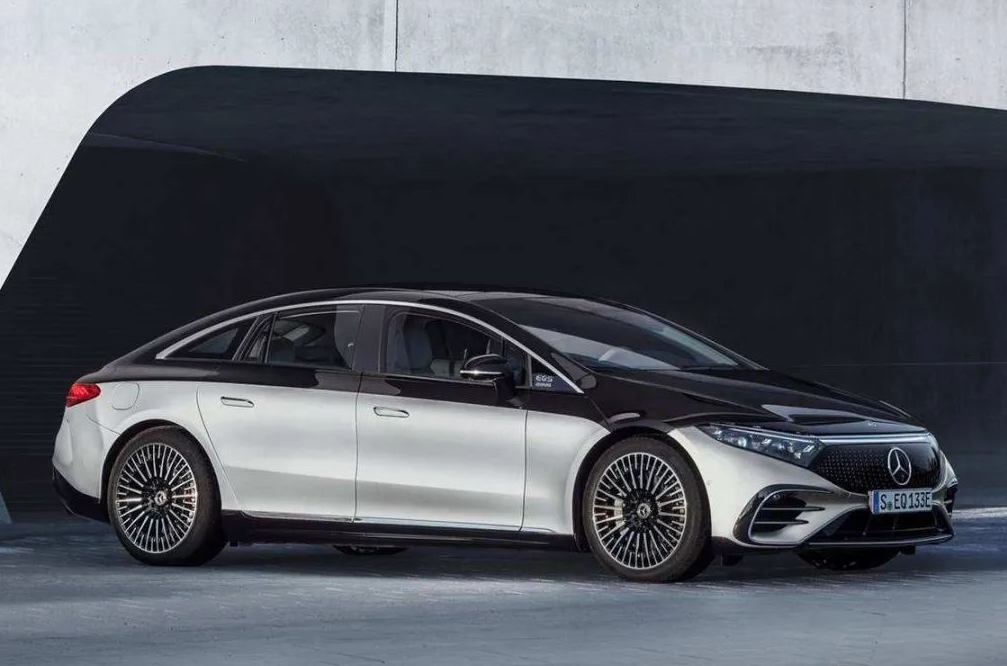Jia Haonan, posted from the passenger seat temple
Smart Car Reference | WeChat Official Account: AI4Auto
What Does the Most Luxurious AI “Valet Parking” Look Like?
When you arrive at the parking lot, simply get out of the car and walk away:
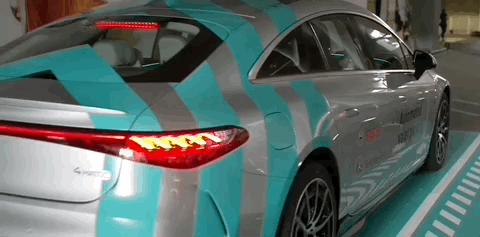
You don’t need traditional valet parking service. Just take out your phone and tap lightly, and the car will find a parking space and park itself:
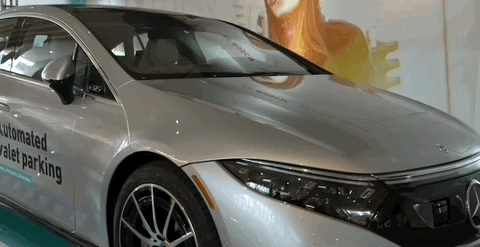
Go to the parking space:
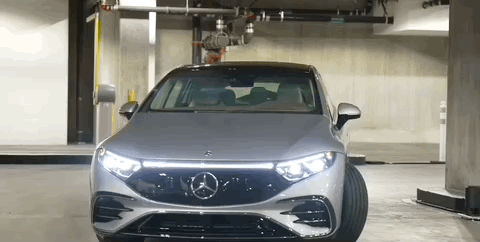
Park:
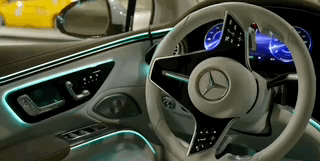
All actions are completed independently.
After parking, the car will automatically shut down and wait for a call:

It’s a one-stop shop, completely self-reliant.
Moreover, unlike the autonomous parking commonly seen in ordinary mass-produced cars, this car not only supports fully unmanned main driving, but also can park across floors in complex parking buildings.
You may have noticed the Mercedes-Benz emblem–the key point is that this is not a test car from any autonomous driving company, but a product demonstration from Mercedes-Benz itself.
The L4 autonomous driving capability made its debut on their own pure electric luxury car EQS, which costs 1-1.5 million yuan.
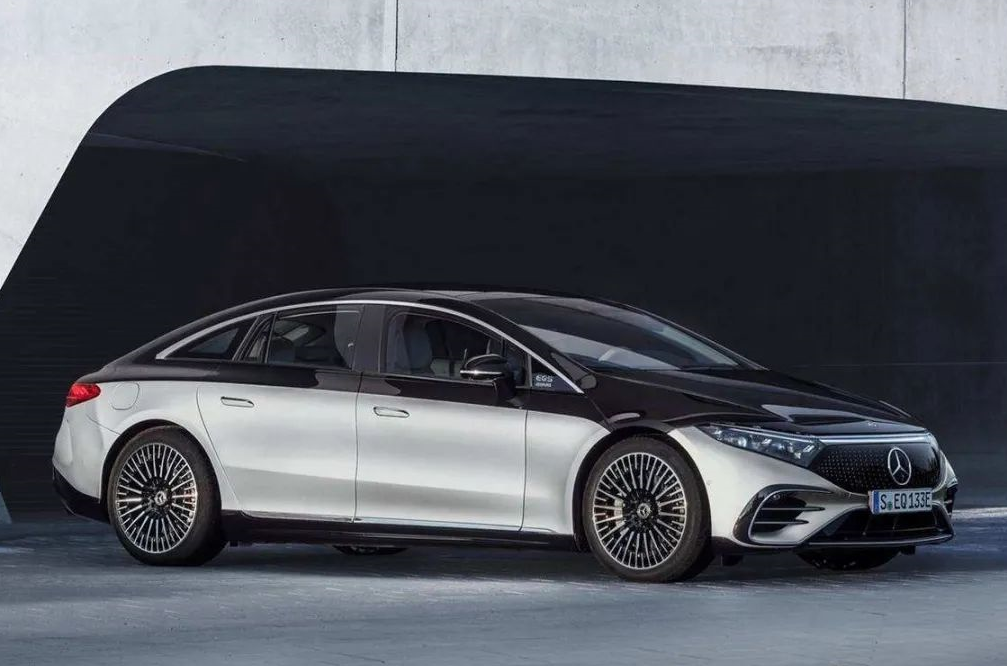
There are many “firsts” and meanings behind this, but we’ll get to that in a moment.
First, let’s take a look at what Mercedes-Benz, a veteran luxury carmaker, has done for L4.
How does the EQS, starting at 1 million yuan, achieve L4?
Firstly, for the vehicle itself, EQS is equipped with ultrasonic radar, millimeter wave radar, lidar, as well as cameras, high-precision maps, GPS, special color sensors, etc.
From an overall perspective, Mercedes-Benz EQS went exactly the opposite route of Tesla’s streamlined sensors: there are many sensors, and many types of sensors.
However, from this high-profile demonstration of Mercedes-Benz, it seems that so many sensors have not been used.
In the previous demonstration, a certain device was set up on both sides of the EQS travel route: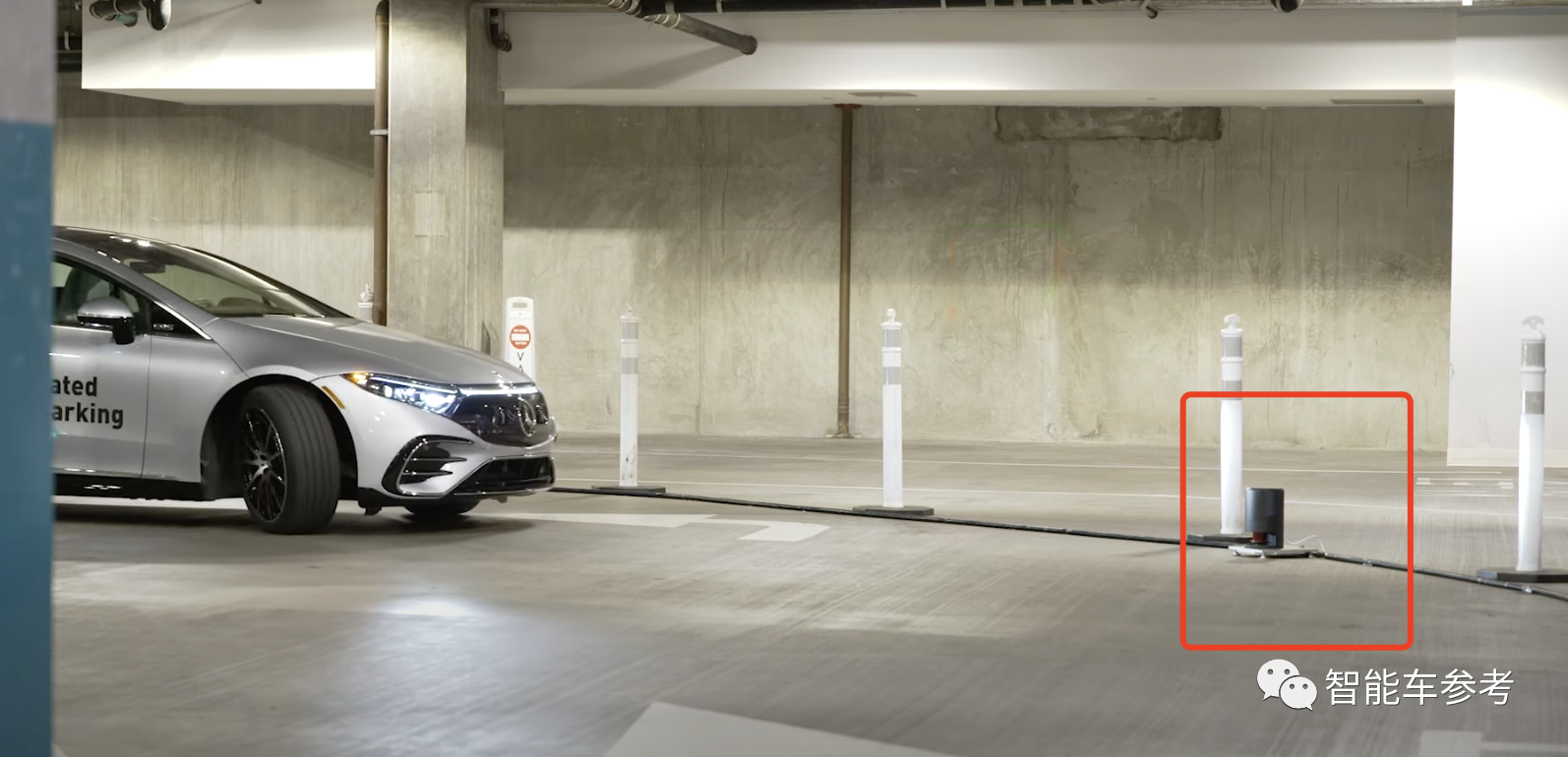
This is actually a Bosch-made lidar system.
It is also the key to showcasing the L4 capability of Mercedes-Benz EQS: vehicle-road coordination.
In other words, what Mercedes is showcasing this time is essentially an intelligent parking IoT system jointly developed with Bosch.
You can see Bosch has deployed dense lidar on both sides of the road to detect the real-time location, speed, and other information of EQS, and then communicate with the system on the vehicle to guide it.

In terms of usage, users need to reserve a parking space on their phone in advance. In other words, it cannot autonomously find and remember the parking space.
It can also be seen that in order to achieve autonomous driving in the parking lot, Bosch made some significant infrastructure changes beforehand.
Even just two rows of mechanical lidar would not come cheap.
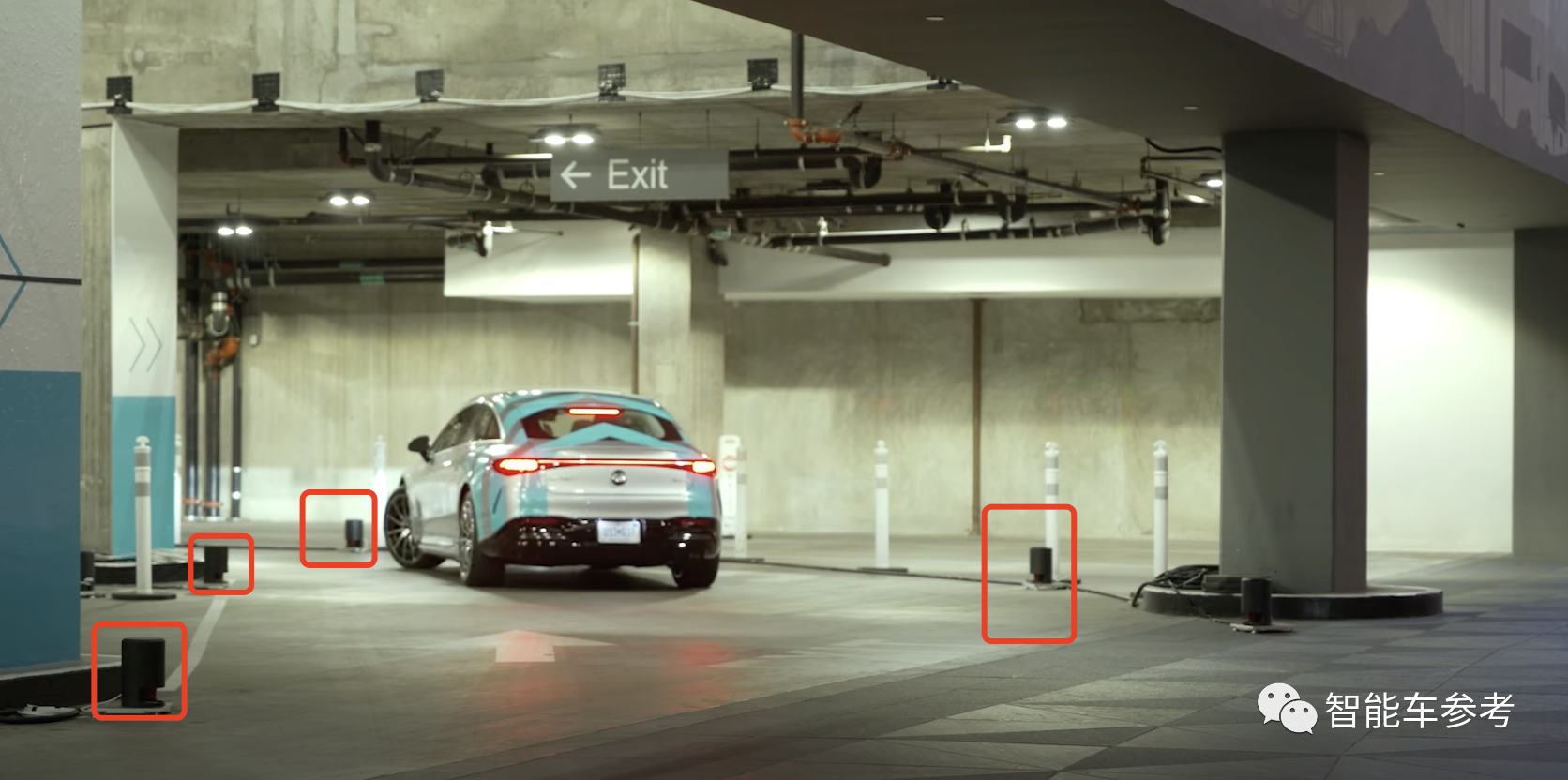
In this process, the intelligent driving capabilities of the vehicle itself are probably not very significant except for accelerator, steering, and brake control.
This is because it is clear from the demonstration that all routes have already been marked and parking spaces have been designated, and with the full guidance of the Bosch system, EQS does not have much room to demonstrate its abilities.
It is still unknown what the potential of EQS with its extravagant hardware will be.
However, upon closer inspection, autonomous parking on Tesla, WM Motor, and XPeng vehicles does not require such a complex infrastructure, as the capabilities of the individual vehicles are sufficient.
There may be two possibilities:
1) Mercedes-Benz is not quite competent when it comes to intelligence, and can only turn to Bosch, despite the extravagant hardware. And in terms of ADAS algorithm and perception, Bosch does not have better solutions.
2) Mercedes-Benz is actually quite capable in terms of intelligence, and is simply giving Bosch’s intelligent parking system some “friendly exposure” this time.
Either way, it seems that the old and established luxury car company Mercedes-Benz is not quite smart enough when it comes to intelligence.
Where Does Mercedes-Benz Intelligence Originate?
Some say intelligence isn’t a necessity for luxury but scarcity is.
But think about it: models costing less than 100,000 yuan now come with intelligent driving and automatic parking. Mercedes-Benz owners, on the other hand, still have to operate the steering wheel themselves, which is neither comfortable nor luxurious.
Mercedes-Benz actually figured it out earlier:
Intelligence is also a necessity for luxury.The Mercedes EQS is not only a Mercedes, but also the world’s first luxury car that showcases the level of intelligence.
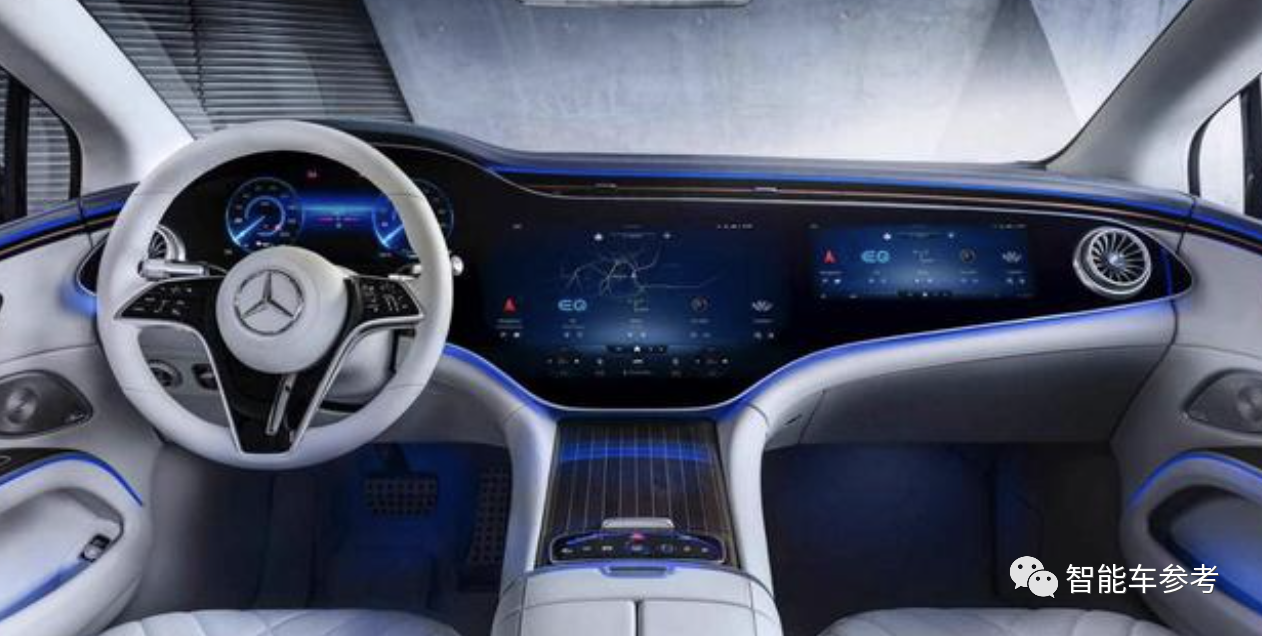
The EQS is the new flagship that replaces the S-Class, representing the highest level of Mercedes-Benz’s technology in the next 10 years.
To understand the strength of Mercedes-Benz in intelligence, just look at the EQS. It can be divided into three levels: autonomous driving, intelligent cockpit, and underlying architecture.
Autonomous driving hardware:
-
1x LiDAR arranged on the front grille.
-
1x long-range radar also arranged on the front grille.
-
4x short-range radars arranged on both sides of the front and rear bumpers.
-
1x binocular camera arranged on the top of the front windshield.
-
1x GPS arranged on the rear of the roof.
-
1x rear camera arranged on the rear windshield to monitor the rear situation.
-
1x driver monitoring camera inside.
In addition, there are sensors used for automatic parking:
-
4x surround cameras arranged on the two side mirrors, one in the front and one in the rear.
-
12x ultrasonic sensors arranged on the front and rear bumpers.
The computing hardware is uncertain, but it may be Xilinx by SAILING or Orin by NVIDIA.
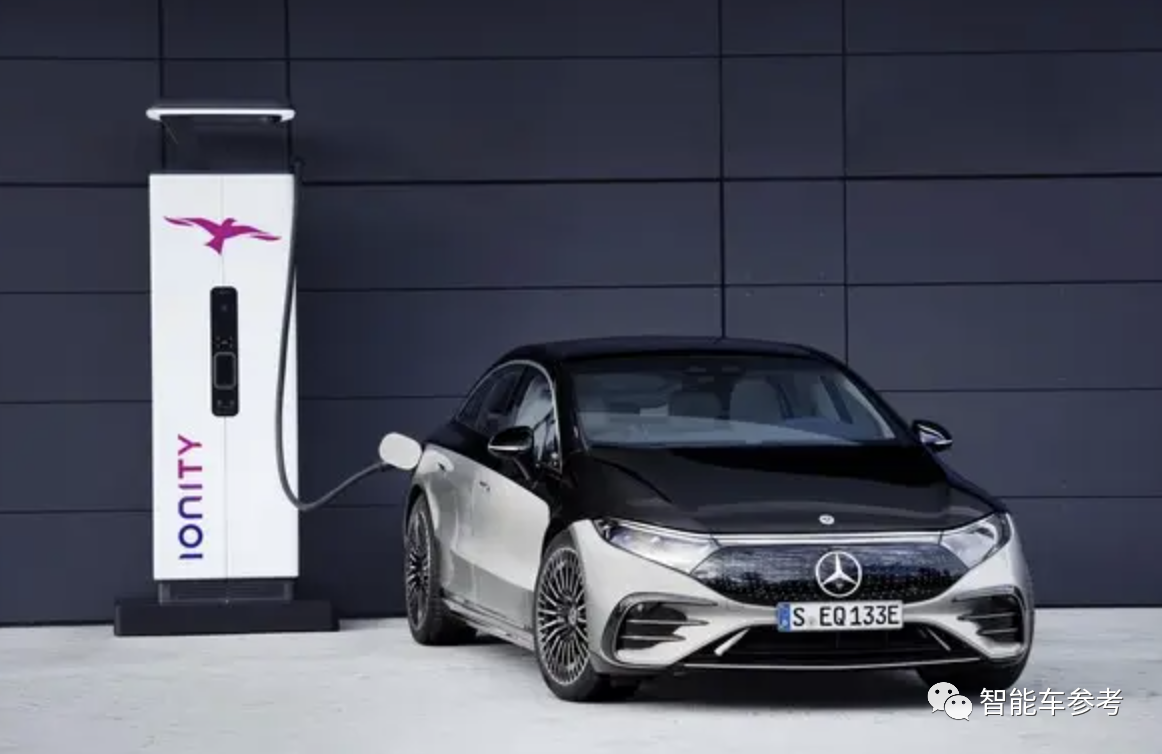
However, there are conditions for using this autonomous driving capability:
-
The maximum speed for the usage scenario is 60 km/h.
-
The usage scenario is limited to congested city roads.
-
The usage scenario must be covered by high-precision maps.
-
It cannot work under most adverse weather conditions, such as rain.
As for high-speed scenarios, it has a decent L2 driving assistance system.
All in all, it’s almost there, especially for an electric car starting at 1 million RMB.
As for the intelligent cockpit, Mercedes-Benz chose to develop it themselves, and the EQS is the first model to showcase the MBUX Hyperscreen system.
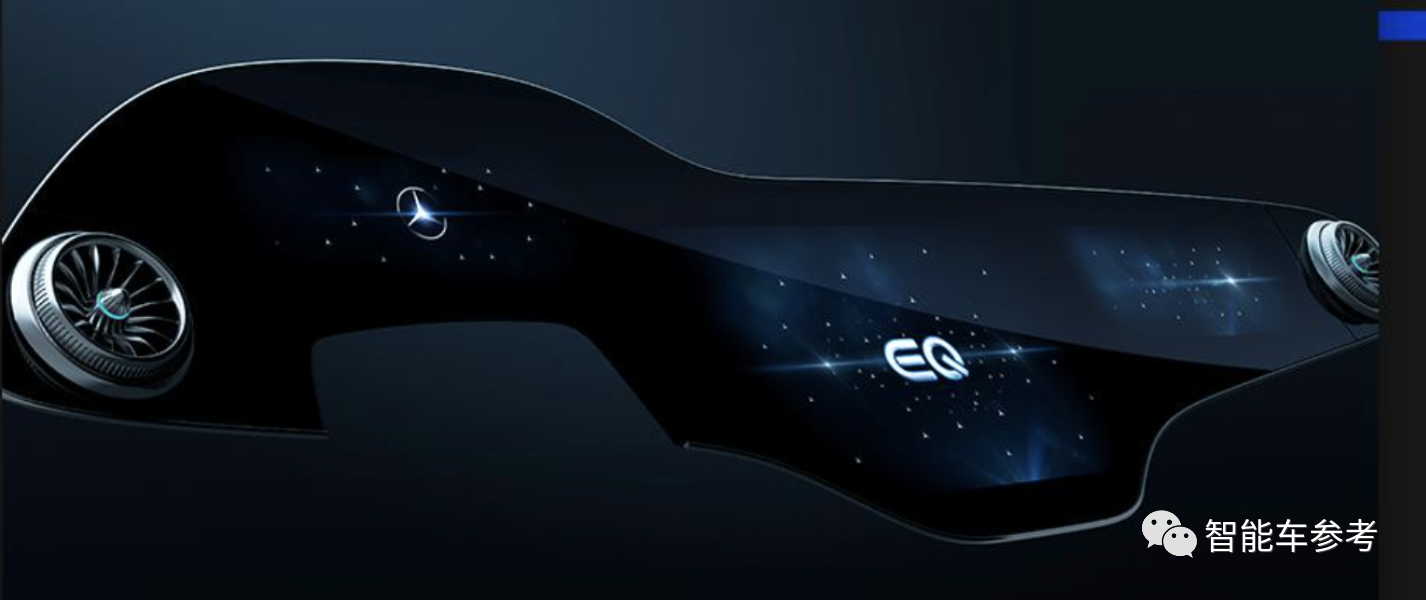
The official claims that this system is “zero-layer” —— besides displaying all high-frequency functions on the main screen, other functions will be automatically displayed on the interface by the onboard AI system as needed.
The backbone support is an 8-core processor and 24G memory, which is definitely a top configuration in the car system, but the model has not been disclosed.
The underlying architecture is Mercedes-Benz’s first pure electric platform EVA, with a 400V high-voltage system. The battery and electric drive are both developed by Mercedes-Benz.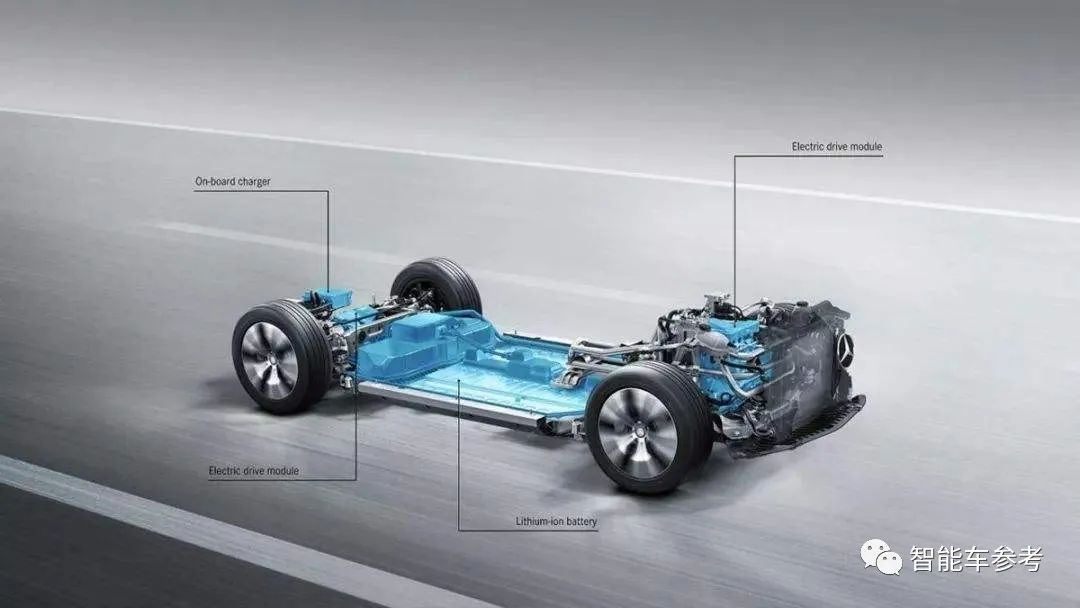
However, Mercedes-Benz has never mentioned the electronic and electrical architecture closely related to intelligent driving.
The EVA platform is more like a transitional solution during Mercedes-Benz’s transformation stage, as only four models are planned on this platform, the replacement of the existing E-Class and S-Class.
By 2030, Mercedes-Benz will launch three new pure electric platforms.
The MB.EA pure electric architecture platform will cover all mid- to large-sized passenger car products, gradually replacing the MRA rear-drive platform and the first exclusive pure electric EVA platform.

The AMG.EA pure electric architecture platform will become a specific platform for performance electric vehicles, meeting the pursuit of performance.
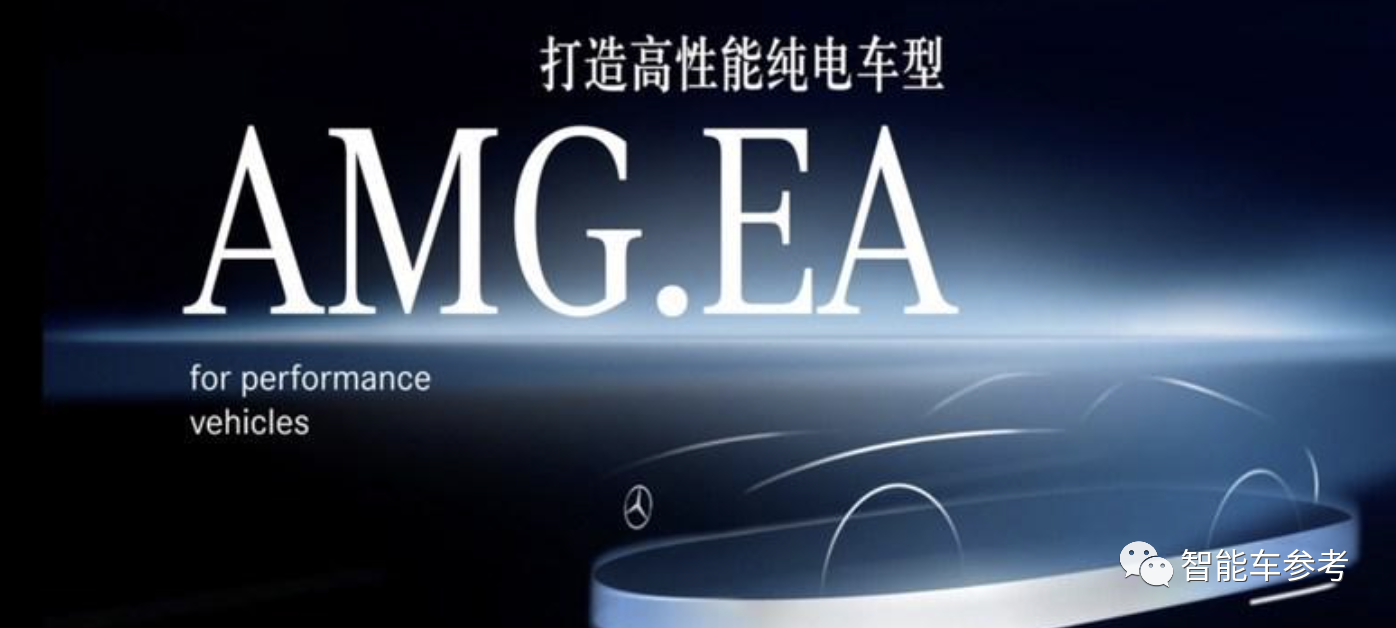
The VAN.EA pure electric architecture platform is for pure electric MPVs and light commercial vehicles.
Whether these three platforms are born for electricity and intelligence or not, it will be nearly 10 years later…
The EQS, starting at 1 million yuan, represents the level of intelligence of Mercedes-Benz, which is currently only in this way.
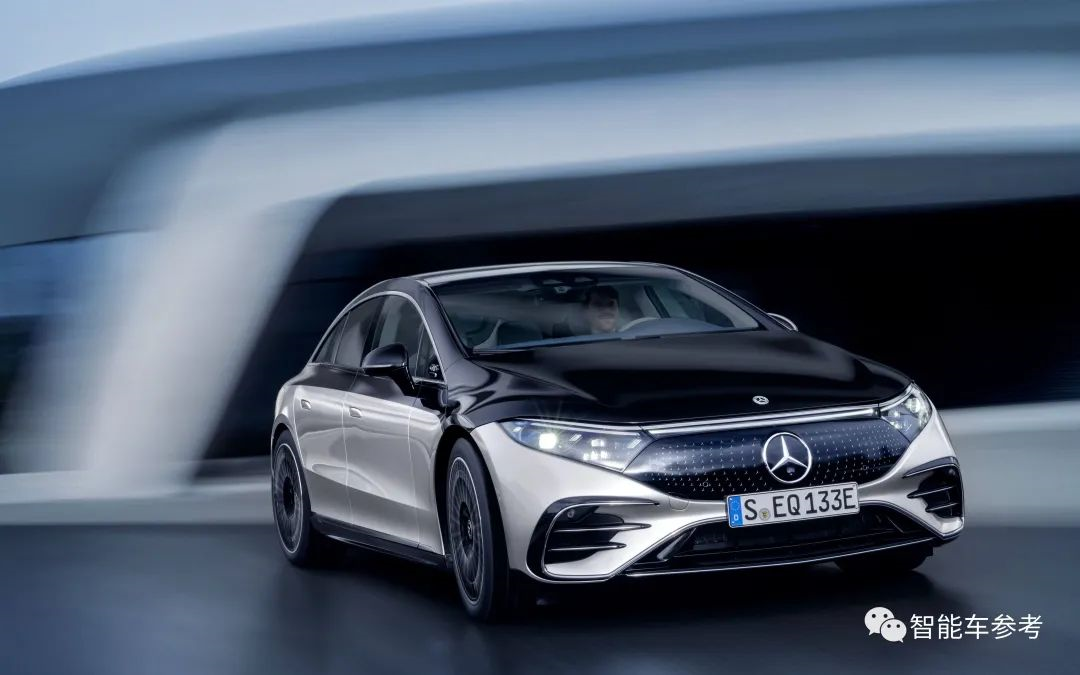
If you think that spending over 1 million yuan on an EQS is not smart enough, you can also consider the 300,000 yuan Tesla, the 200,000 yuan XPeng, and the 150,000 yuan WM Motor.
After all, they can autonomously find parking spaces without modifying the parking lot.
— End —
This article is a translation by ChatGPT of a Chinese report from 42HOW. If you have any questions about it, please email bd@42how.com.
